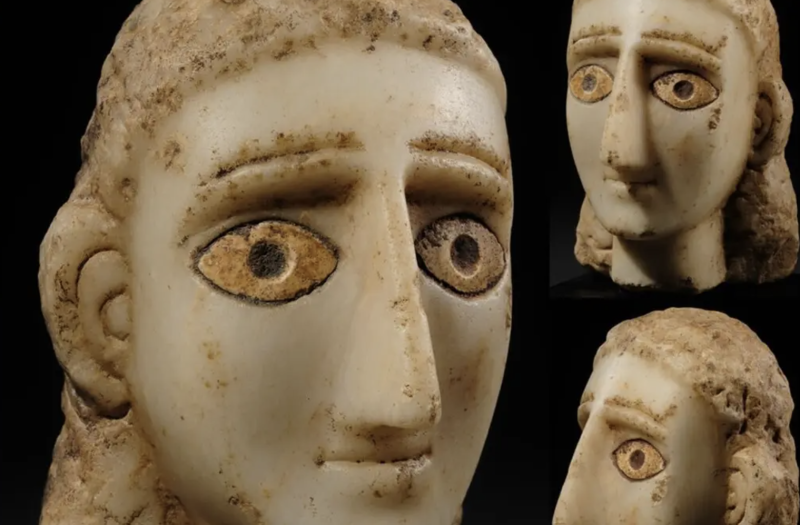Yemen central bank injects old riyal bills worth billions into market to challenge Houthi ban


The Central Bank of Yemen in Aden has injected billions of riyals in old large-sized 1,000 banknotes into the market to address a chronic shortage of cash.
The bank also implemented several other economic measures to control the chaotic exchange market and put an end to the fall in the Yemeni riyal.
Since late 2019, the Iran-backed Houthis have banned the use of banknotes printed by the Yemeni government in Aden, creating a severe cash crunch in areas under their control which has led to local exchange firms and banks stopping paying salaries and raising remittance charges.
The Houthi ban has forced travelers to Sanaa and other areas controlled by the militant group into buying old banknotes from the black market at a higher rate and carrying Saudi riyals or US dollars.
In a challenge to the Houthis, the central bank has put billions of riyals in old banknotes into the market and started withdrawing the newly printed 1,000 banknote. Yemenis can get old banknotes from local banks and exchange firms.
However, the Houthis warned people against using the large banknotes and published copies and serial numbers of the newly circulated cash.
In a bid to regulate the exchange market and curb the plunging value of the riyal, the central bank has tightened regulations for opening new exchange shops or firms, demanding that applicants produce a three-year feasibility study prepared by a certified accountant showing estimated budgets.
Existing exchange companies must now send their annual financial statements to the bank, use an approved software for their financial activities, apply international financial reporting standards, and audit their accounts by accountants certified by the central bank.
Some Yemeni economists, however, have cast doubt over the central bank’s ability to enact the regulations after the Yemeni riyal on Wednesday broke another historic record low against the dollar.
Local money traders told Arab News on Wednesday that the Yemeni riyal was trading at 1020 to the dollar in government-controlled areas, compared to less than 980 a month ago. When the war broke out in late 2014, the Yemeni riyal was sold at 215 to the dollar.
The Yemeni government previously relocated the central bank’s headquarters from Sanaa to Aden, floated the Yemeni riyal to bridge the gap between the official rate and the black market, closed many exchange shops, and printed billions of riyals to pay public servants. But all the measures proved ineffective on the ground as the Yemeni riyal continued to drop.
Waled Al-Attas, an assistant professor of financial and banking sciences at Hadhramout University, told Arab News: “The central bank is required to control the market and close unlicensed exchange shops in parallel with tightening control and procedures on existing exchange entities.”
He noted that the latest injection of cash into the market had boosted foreign currency speculation activities and pushed up inflation.
“The large 1,000 banknote that the central bank pumped into the market represents an additional burden and additional liquidity that will cause more inflation, higher prices, and speculation on exchange rates,” he added.
The continuing devaluation of the Yemeni riyal has pushed up food and fuel prices in government-controlled areas and triggered protests.

PARIS — The French auction house Placas has announced the upcoming sale of a rare South Arabian alabaster funerary head, believed to originat…

Mukalla — Yemen is set to host its first-ever National Falcon Auction on November 15 in the coastal city of Mukalla, coinciding with World Fa…

Sana'a – A rare alabaster statue believed to depict the head of a princess from the ancient Kingdom of Saba is set to be auctioned in Vienna…